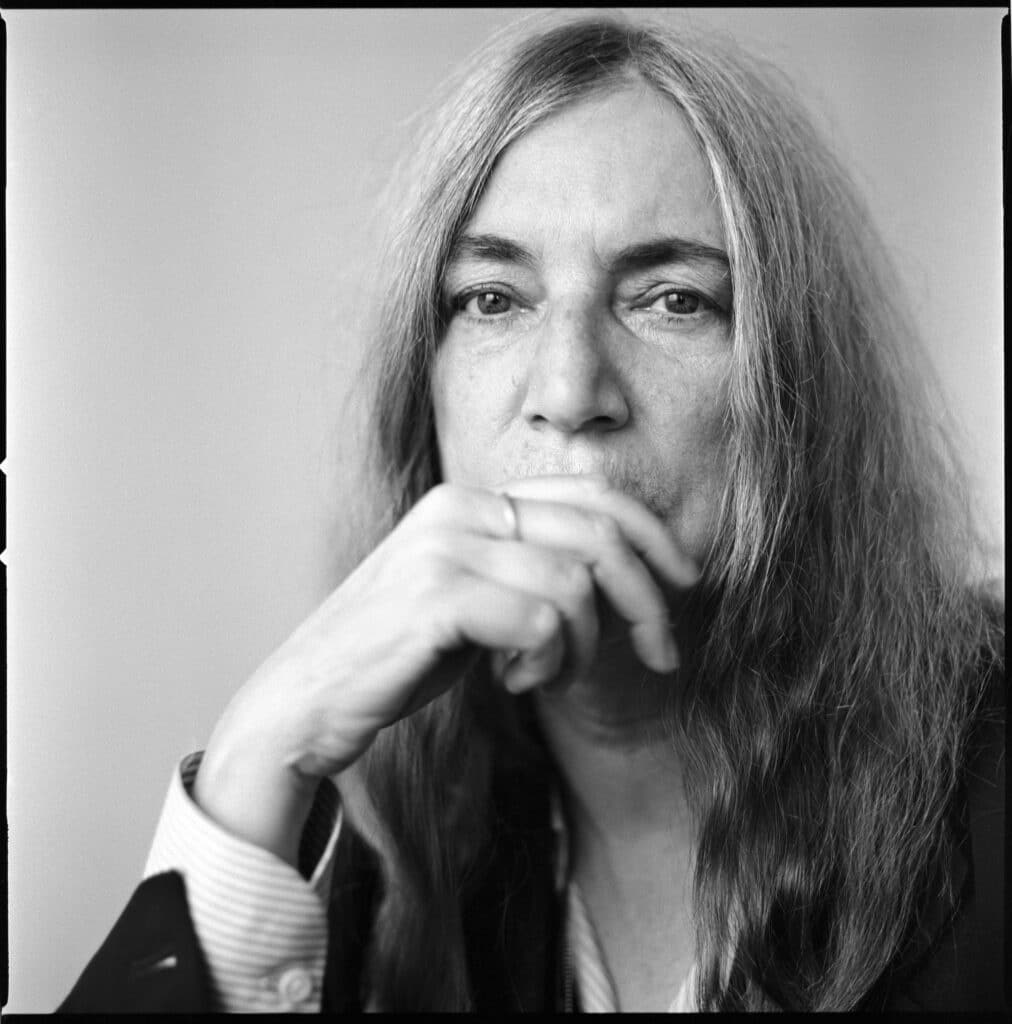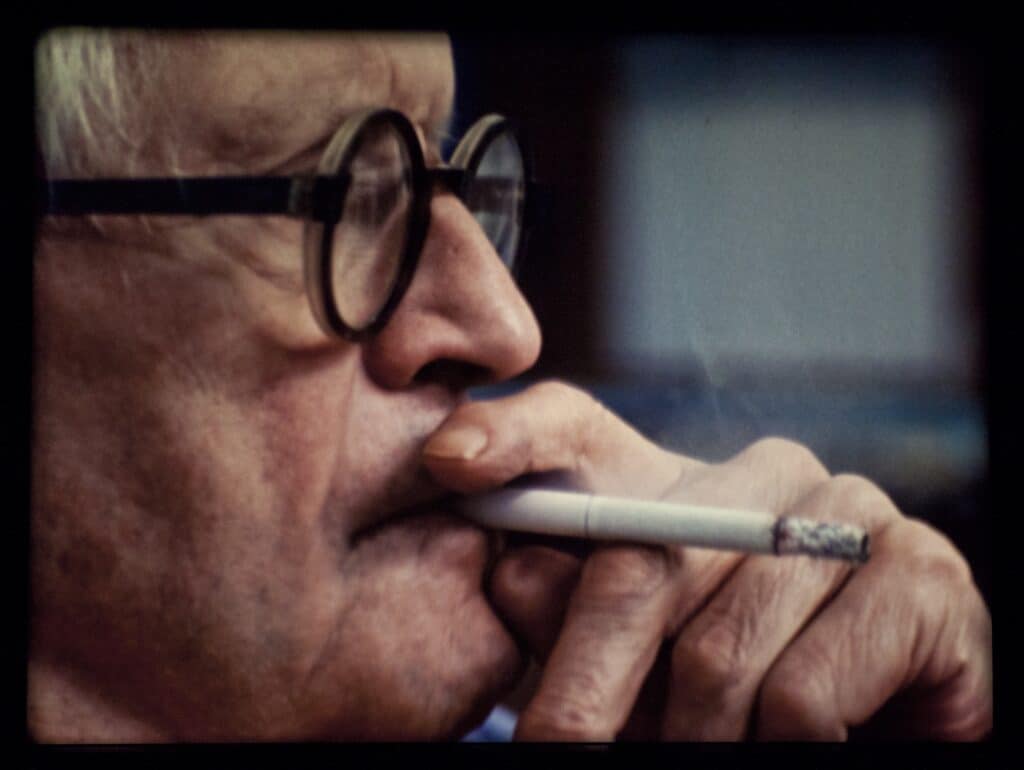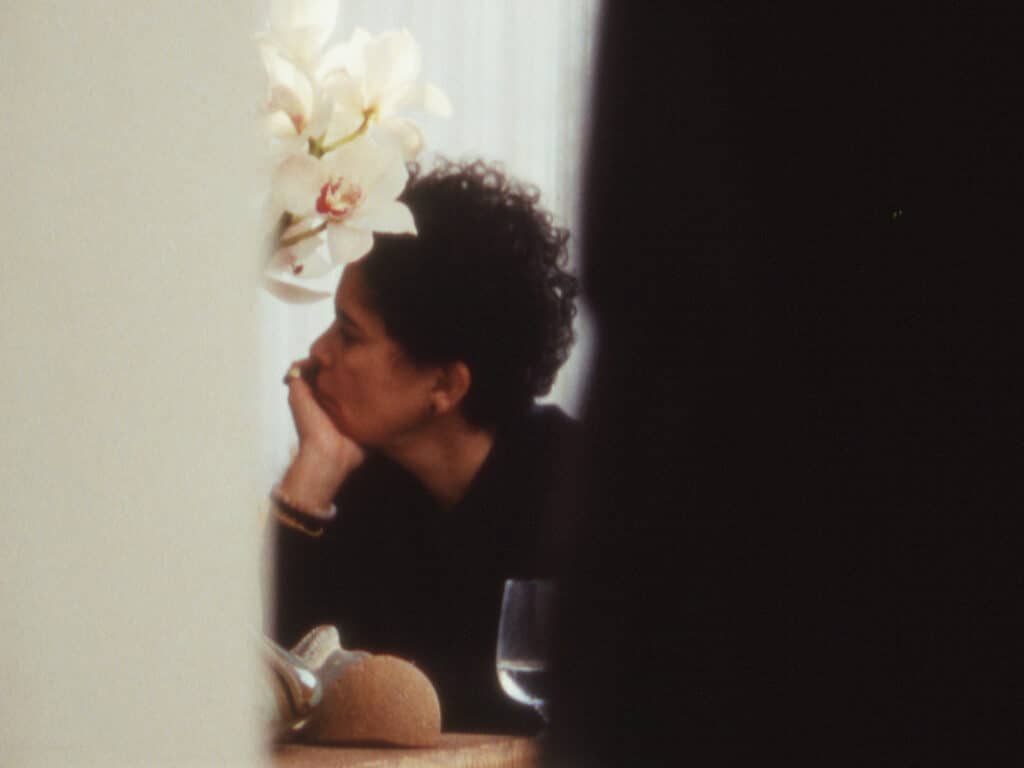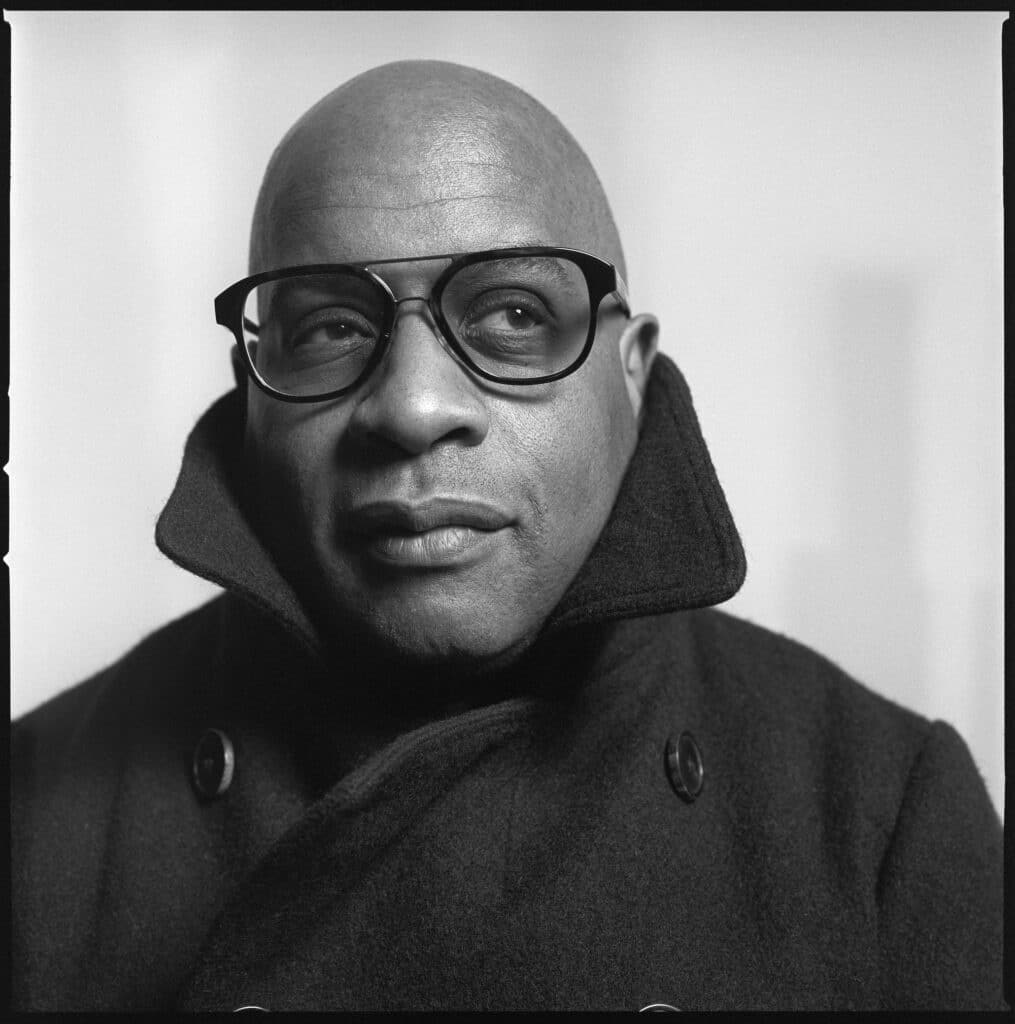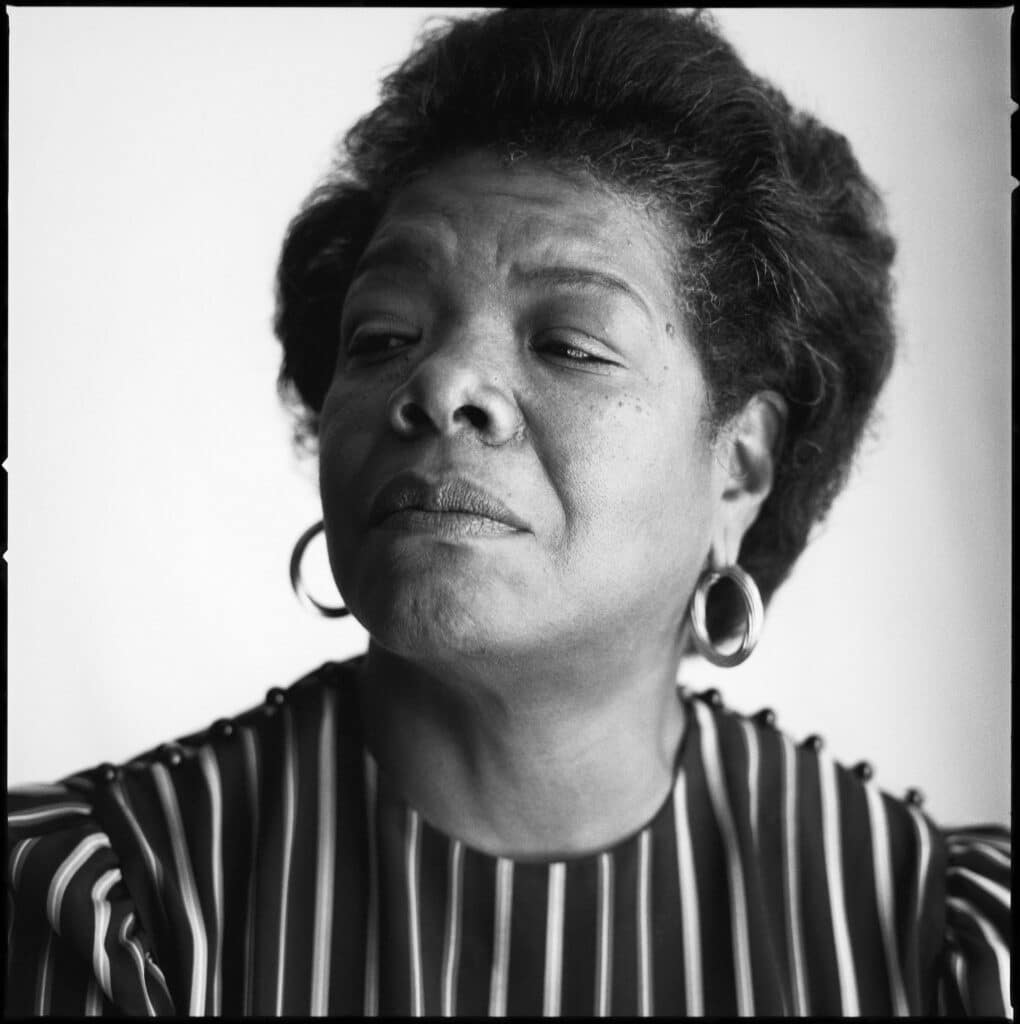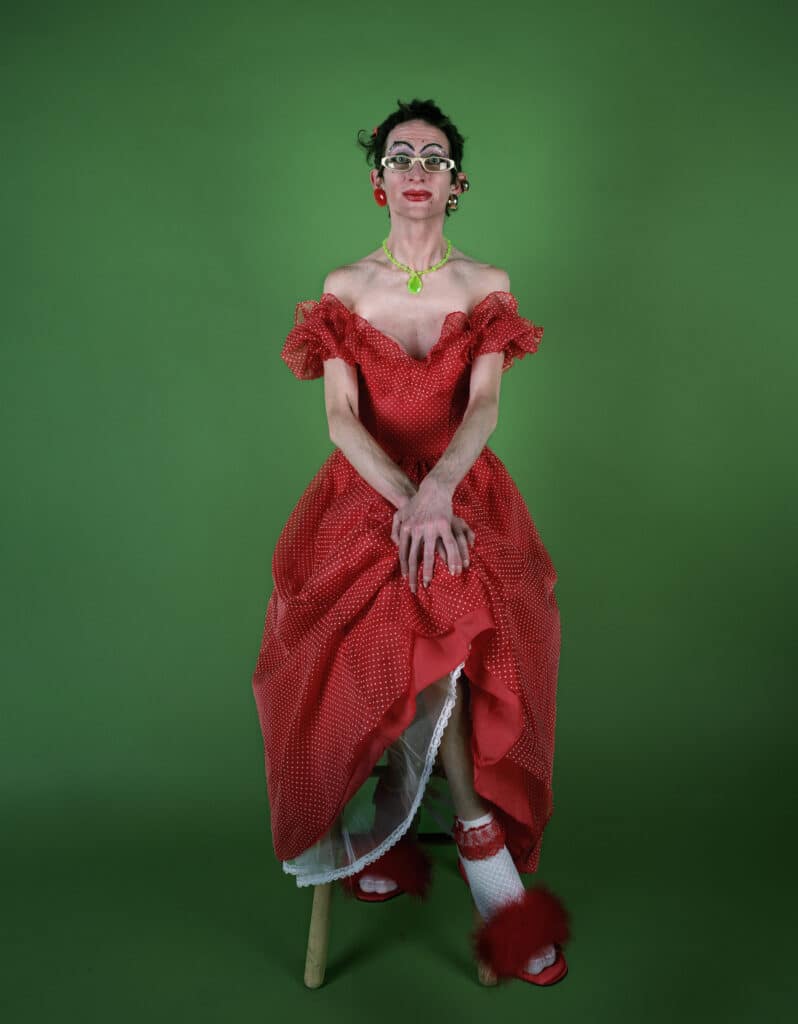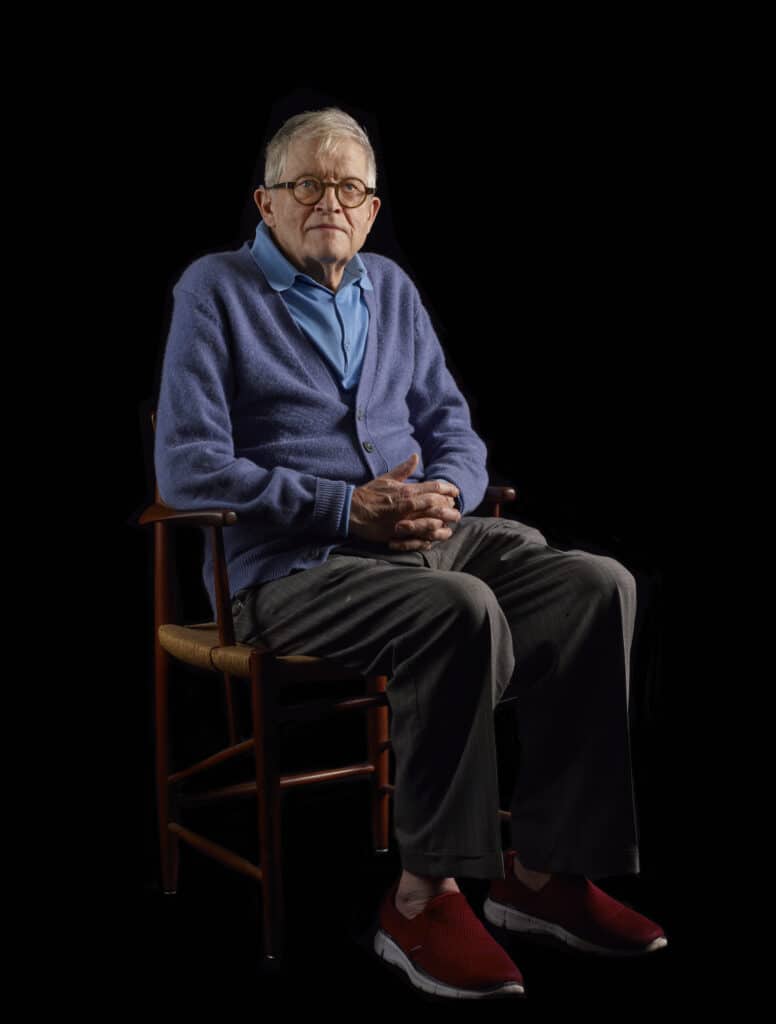Portraiture endures because it fulfills a universal need to isolate, observe, and preserve the human face within the fragile sanctity of the material realm. Whether famous or anonymous, archetypes or iconoclasts, all sitters share the same fate: occupying the liminal space between fact and fiction. We gaze endlessly at the still image, searching their for understanding or insight, reading their expressions and gestures for clues to the person lying within, often forgetting that a portrait is as much about the sitter as it is the artist.
With the new exhibition and book, Face to Face: Portraits of Artists by Tacita Dean, Brigitte Lacombe, and Catherine Opie, renowned curator and writer Helen Molesworth brings together more than 50 images that invite us to revel in the tender pleasures of the gaze, and the explore the profound exchange that occurs between artist, sitter, and viewer.
Taken together, the works of Dean, Lacombe, and Opie offer a fascinating look at the continuum between past and present with their intimate portraits of filmmakers Martin Scorsese and John Waters, writers Maya Angelou, Hilton Als, and Joan Didion, and artists Kara Walker, Mickalene Thomas, David Hockney, and Louise Bourgeois.
Face to face
“I see all three artists involved in making pictures that are not only in dialogue with their given subjects, but also with the history of the genre—portraiture—and the medium: photography,” curator Helen Molesworth writes in the introduction to Face to Face.
Weaving together the August Sander’s rigorous typography, Berenice Abbott’s subversive sensuality, Nan Goldin’s intimate documentation, Andy Warhol’s collaborative spirit, and Peter Hujar’s informal formalities, Face to Face showcases portraits of people who are artists in their own right.
“There is an enormous amount of crosstalk happening in these pictures: talk across time and place, across different practices, talk designed to suture the artists into common conversation with one another,” Molesworth writes. “Art is many things, but for artists it is a way of talking to each other through pictures. It’s a transhistorical game of stealing and borrowing techniques, paying homage to one another’s triumphs—a constant call and response.”
A New Kind of Family Album
From the outset, Catherine Opie’s photography practice was grounded in the intersection of identity and community, offering an intimate exploration of contemporary American life. Since she was a teen, Opie used photography to connect with the people around her, and then began to expand her circle, moving fluidly between different groups without disrupting them.
“I wanted to create a visual representation of the life of my friends and sow how amazing they are by recognizing my own queer community through formal portraits,” says Opie, who understood the innate connections between art, artifact, history, and narrative in the creation of a portrait.
As the AIDS epidemic hit crisis levels during the late 1980s and early ‘90s, Opie joined ACT UP and Queer Nation, activist organization that encouraged creative solutions to systemic issues. Opie’s early portraits were of the Los Angeles and later San Francisco queer communities. Recognizing it’s ability to render visible what has gone unseen, misrepresented, or erased, Opie’s portraits created a space for members of the community to feel seen, accepted, and understood, while also offering an intimate point of connection to outsiders.
“The family album plays into an activist approach to portraiture,” says Opie, who recognized with time that the portraits she made of those lost have become memorials in their own way. “But more importantly, after all these years many young people come up to me and say, ‘You made me feel like it was okay to be queer because I saw your work in a museum.’ And that is just so powerful.”
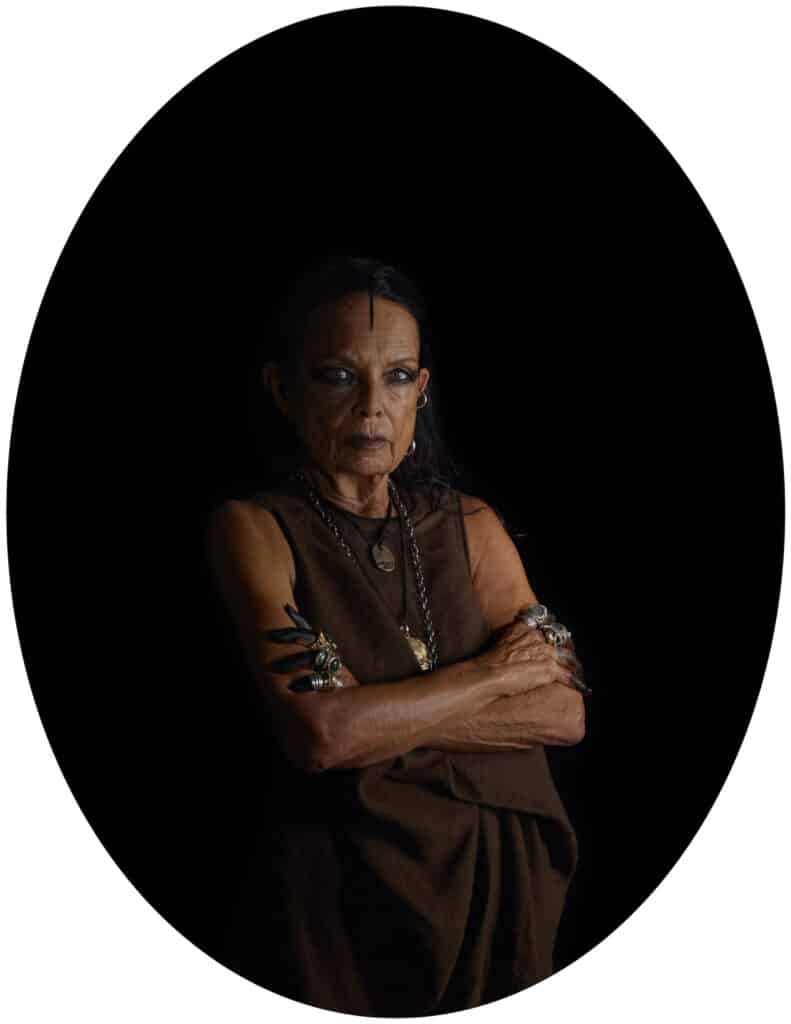
Intimate Moments Shared
For Face to Face, Catherine Opie gave Helen Molesworth carte blanche to select works that highlight the photographer’s passion for democracy and equality through her portrait work — and the results were an embarrassment of riches. From Opie’s tender portrait of painter Kerry James Marshall to her dazzling near nude of queer punk icon Vaginal Davis, Molesworth’s selections from Opie’s oeuvre highlight the photographer’s intuitive ability to create a meaningful connection across the divide.
“I don’t ever think a portrait captures the essence of a person, but it is a representation of a very intimate shared moment. These were really special moments,” says Opie. “I had personal relationships with a lot of people in the portraits in the show, so in a certain wait, they’re a kind of a family album.”
Over the years, Opie has moved away from her iconic colored backdrops and begun placing her sitters in front of a black seamless, which allows her to hone in on the exquisitely sculptural nature of the portrait.
“I stared using black backgrounds and it became this intuitively subconscious place, where I wanted the portraits to be both internal and external. I wanted it to be the void, and thinking about our relationship to photography, especial in a digital world to get people to slow down, be quiet, and bear witness,” says Opie, who includes a self-portrait from this series in Face to Face.
“I hadn’t done a self portrait that was just a regular portrait in a long time,” she says. “Everybody is always asking, ‘When are you going to make another iconic self-portrait?’ but when you’re making something, you don’t know what it will be. You’re just making things, and then art history as is own wheels of change. I don’t go out trying to make a historical portrait, I’m just making the work of the time we’re living in.”
Pointing to her portrait of conceptual artists Lawrence Weiner and John Baldessari, made during the final years of their lives, Opie says, “I really love the portrait of John Baldessari floating there with the white hair. I knew John since I was in my 20s, and loved that man so much, as Lawrence Wiener. Those portraits just break my heart every time I look at them, because they’re gone now.”
Face to Face: Portraits of Artists by Tacita Dean, Brigitte Lacombe and Catherine Opie is on view through May 1, 2023, at the International Center of Photography in New York. The accompanying catalogue is published by MACK, $45.00.
